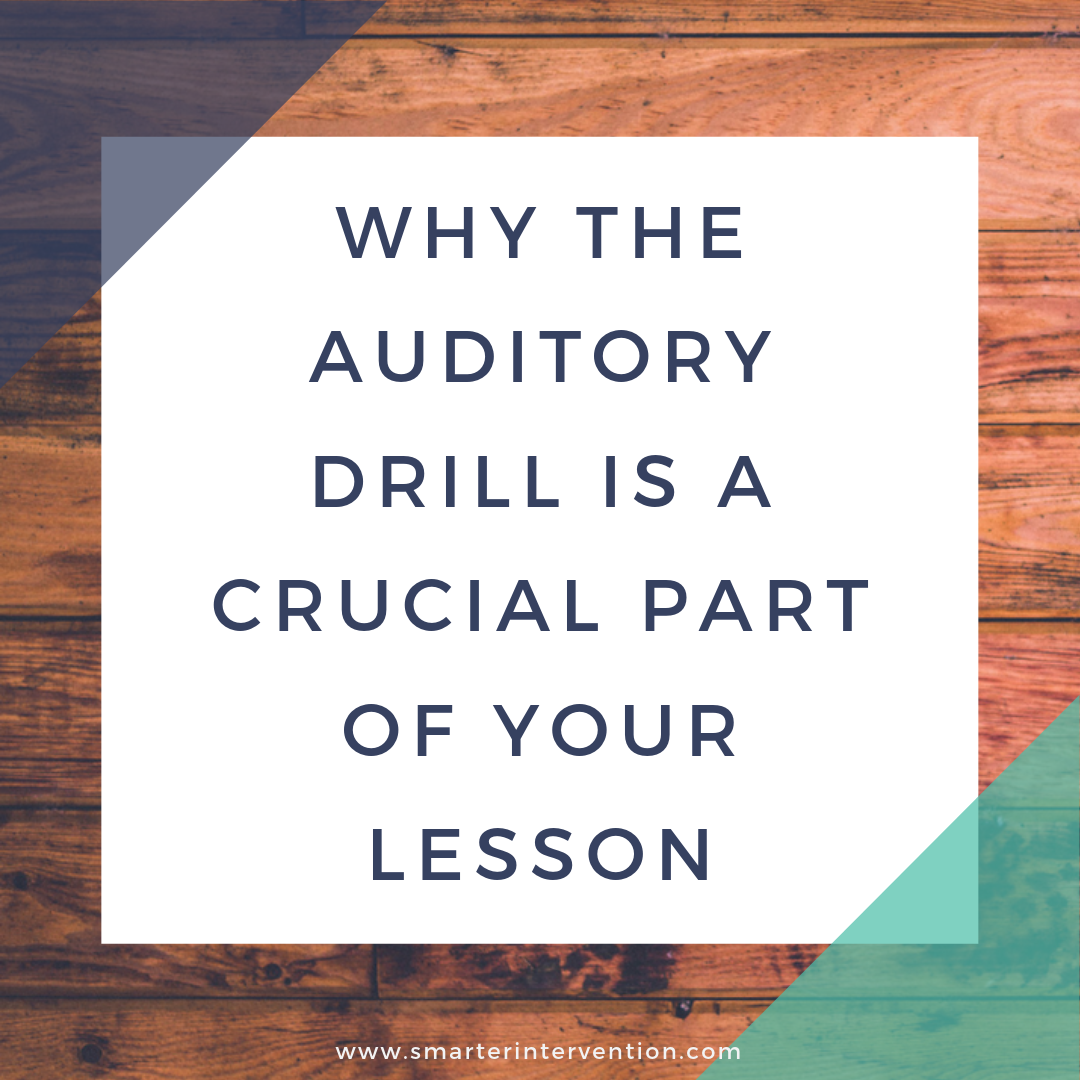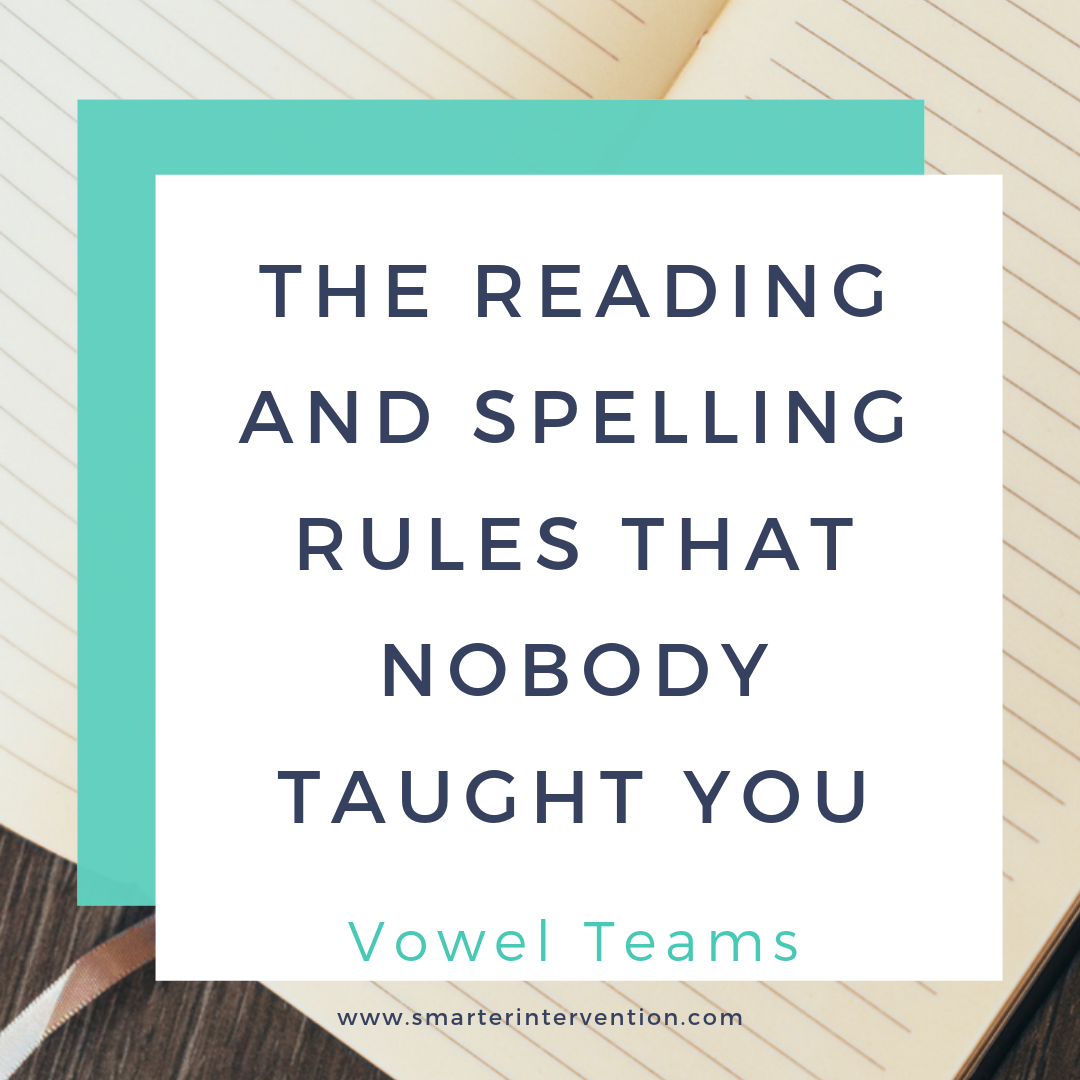Science-based literacy resources and articles
for families, educators and schools
Search by Category:
Categories
- Advocacy
- Authentic Literature
- Business
- Comprehension
- Data Tracking
- Differentiation
- Dyslexia
- Evaluation and Assessment
- Executive Functioning
- Games & Activities
- Helping My Child At Home
- How To
- IEP/504 Plan
- Lesson Planning
- Math
- Online Intervention
- Organization
- Parents
- Phonics
- Phonological Awareness
- Reading Comprehension
- Reading Fluency
- Research
- SLP
- Spelling
- Vocabulary
- Writing
How to Support Your Students with Writing
Do you have students who struggle with writing?
Maybe they struggle to come up with ideas and just stare at their paper. Maybe they have a difficult time organizing their thoughts or using a clear introduction and conclusion. Or perhaps they forget to edit their work for things like capitalization and spelling.
Wherever in the writing process they struggle, one thing is for sure - writing can be tricky!
That’s why we’ve implemented this 3 step writing process. Keep reading to learn more.
How to Teach Spelling
Alright friends, many of you have been asking us this question and we’re excited to share exactly how we teach spelling to our struggling readers and writers!
Here’s the truth - spelling is tricky!
And it’s usually one of the last abilities to fully progress for our struggling students. We tell students and parents that we expect growth to evolve in phases. We typically start at the sound level (making sure that students can associate sounds to letters), then we move up to the syllable level, then to the word level, phrase level, sentence level, and then finally the passage level.
How Phonological Awareness & Spelling Connect - Intervention Tip of the Week
Today we wanted to share a quick intervention tip on using a Phonological Awareness strategy - specifically Phoneme Segmenting (or segmenting words into sounds) and how phoneme segmenting supports spelling.
How to Teach the au/aw Spelling Rule
Now, if you have been working with us for a while, you’ll know that we LOVE teaching with key images and phrases to help anchor skills for a student. For au/aw, we use the phrase “Yawn, I have to do the laundry.” This helps our struggling readers and spellers remember the rule. Keep reading for more tips, tricks and activities surrounding the au/aw vowel team.
How to Teach the OW Spelling Rule
We use the key phrase “Snow Plow” to teach this phonogram because “ow” has two sounds - /O/ like in snow, and /ow/ like in plow. Read on for teaching tips, tricks and activities!
How to Teach the OU Spelling Rule
OU has two sounds. To help our students remember these sounds, we use the key phrase “Trout Soup” because it can say /ow/ like in trout and /oo/ like in soup. The visual of fish soup is one the students don’t forget very easily! Keep reading for more tips, tricks and vowel team activities!
How to Teach the oi/oy Spelling Rule
We use both “oi” and “oy” to make the /oi/ sound (think of the words “boy” and “foil”). When that sound comes in the middle of a word, we use “oi.” If it comes at the end of the word, we will use “oy.” Keep reading to learn more about how we teach our students all about this vowel team!
How to Teach the ee/ey Spelling Rule
With so many ways to get long E sound, we wanted to show you how we teach the ‘ee’ and ‘ey’ vowel teams. Open to read about our approach and grab our ee/ey center activities.
How to Teach the ai/ay Spelling Rule
Both “ai” and “ay” say the long A sound. We use “ai” in the middle of the word (think rain, pail, train, mail) and “ay” at the end of the word (play, stay, day, May).
Why the Auditory Drill is a Crucial Part of your Lesson
So often, I meet or talk to an interventionist who is leaving out one of the most critical parts of their lesson. Usually, it is because it only takes a few minutes, is similar to other pieces of the lesson, and just gets overlooked. This is doing such a disservice to our students, because without this crucial aspect, their reading intervention is not building a strong enough foundation. This critical piece is the Auditory Drill.
Consonant LE Syllables - The Reading and Spelling Rules No One Ever Taught You
Here we are with our last syllable type! If you’ve been with us since the beginning of this series you’re all caught up on the crazy reading and spelling rules you may have never heard of - we certainly hadn’t. If you missed learning about all the spelling rules with the other syllable types - go back and check them out!
Vowel Teams - The Reading & Spelling Rules That Nobody Taught You
Thanks for sticking with us and our series of The Reading & Spelling Rules Nobody Ever Taught You. The fifth syllable type teach our students is Vowel Teams. This is when two vowels stick together to make one sound. Think of the vowel sounds in words like rain, play, green, key, goat, boil, etc. Vowel teams can be kind of tricky so click through to read more and grab our Anchor Chart Worksheets!
Closed Syllables - The Reading and Spelling Rules That Nobody Taught You
Closed Syllables are the first of the syllable types that we teach to our students. Within this syllable type we cover the -ck, FLOSS, -tch, and -dge phonograms as well as the 1-1-1 doubling rule. Do you know all of these rules? Click through to find out!
What To Do When Spelling Rules Don't Stick
So we know that teaching students spelling rules in a systematic and cumulative (organized and building on itself) approach is the best way to make meaningful spelling gains. However, even with the best instruction we often see skills fall apart when they need to be applied at a higher level.















